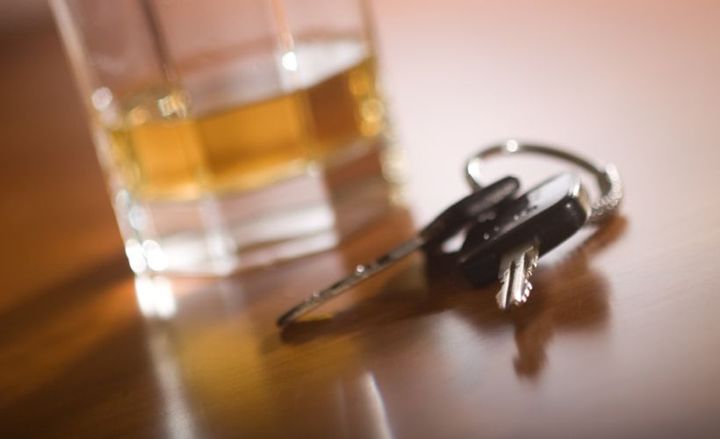Alcohol has been a factor in 30% of U.S. roadway deaths every year for the past decade. If alcohol-detection systems were required for all new vehicles beginning this year, some lives would be saved immediately. Photo via James Palinsad/Flickr.
Alcohol-detection systems that prevent drunk driving could prevent more than a quarter of U.S. road fatalities and save upwards of 9,000 lives a year, a new study from the Insurance Institute for Highway Safety (IIHS) shows.
To determine the potential impact of different rollouts for alcohol-detection tech, Charles Farmer, IIHS vice president of research and statistical services, applied the most recent risk calculations for alcohol-impaired driving to U.S. fatal crashes recorded over 2015-18 in which alcohol was detected in the blood of at least one involved driver.
Farmer determined through a study that 37,636 crash deaths, or around a quarter of the total number of crash deaths during this timeframe, could have been prevented if the most impaired drivers’ BAC levels had been below 0.08% (the legal limit in most states). That works out to an average of 9,409 lives saved every year. If the same drivers had a BAC of zero, nearly a third of the total deaths, or about 12,000 a year, might have been averted.
If the systems were only required for drivers with an alcohol-impaired driving conviction within the past five years and only blocked them from driving at a BAC above 0.08%, they would avert a maximum of 837 crash deaths per year. If they were only required for commercial, government and rental vehicles, the number of lives saved per year would top out around 348.
If systems blocked drivers with any alcohol in their blood from driving, requiring them for those with alcohol-impaired driving convictions would save 986 lives. Requiring them for fleet vehicles would save 465 lives.
Alcohol has been a factor in 30% of U.S. roadway deaths every year for the past decade. If alcohol-detection systems were required for all new vehicles beginning this year, some lives would be saved immediately. However, using data on the age of vehicles in crashes, Farmer found it would be 12 years before the systems became common enough in the U.S. fleet to save 4,596 lives a year — less than half their potential.
Systems that can detect the percentage of alcohol in the driver’s blood and prevent the vehicle from moving if it is higher than a predetermined limit could slash those numbers, IIHS said. The technology is already available in the form of an ignition interlock attached to a breath-testing unit. Many jurisdictions require these interlocks for people convicted of alcohol-impaired driving.
Manufacturers such as Volvo have experimented with offering alcohol-detection systems as optional equipment. A public-private partnership called the Driver Alcohol Detection System for Safety (DADSS) project is also road-testing a passive alcohol sensor that detects the driver’s blood-alcohol content (BAC) by measuring the ambient air in the vehicle. How many lives the technology might save would depend on how it was implemented.
by AF Staff
Source: https://www.fleetfinancials.com
CUT COTS OF THE FLEET WITH OUR AUDIT PROGRAM
The audit is a key tool to know the overall status and provide the analysis, the assessment, the advice, the suggestions and the actions to take in order to cut costs and increase the efficiency and efficacy of the fleet. We propose the following fleet management audit.




